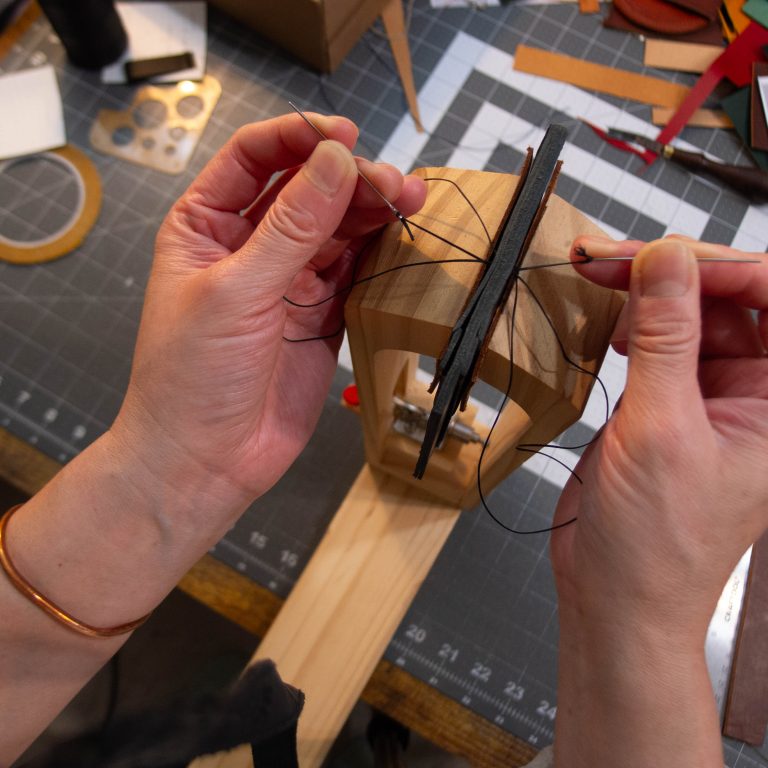When we watch a football game, whether it is a collegiate competition or an NFL game, fans rarely pay attention to the centerpiece of the game, the American football itself. The story of the football is a chronicle of innovation, adaptation, and craftsmanship. When we trace the evolution of the football through the years, we are reading the tales that intertwined craftsmanship and engineering.
The Early Days: A Humble Beginning (19th Century)
In the early 19th century, the footballs were far from the standardized equipment we see today. Originally made from inflated animal bladders, often from pigs, these balls were encased in leather for better durability. However, their shape was irregular, and their behavior unpredictable. The football had a more rounded shape, which made it hard to grip and throw. Nevertheless, these early versions laid the foundation for the evolution of the football, reflecting the resourcefulness and adaptability of the game’s pioneers.
The Rise of Leather Craftsmanship (Late 19th Century)
As football gained popularity, the need for a more reliable and consistent ball became apparent. By the late 19th century, leather had become the standard material for footballs. These balls were crafted with precision, their hand-stitched leather offering not only durability but a more consistent oval shape. This era marked a significant turning point in football’s history, as the quality of the ball began to match the growing sophistication of the sport.
The Modern Football Takes Shape (Early 20th Century)
The early 20th century saw pivotal advancements in football design. The introduction of the valve inflation system into footballs, around the 1930s, revolutionized the football’s structure. This innovation allowed for a more uniform, aerodynamic shape, leading to the teardrop design familiar in modern footballs. This era was crucial in transitioning from the cumbersome, misshapen balls of the past to the more recognizable and functional design of today.
The Craftsmanship of Today’s Football (Late 20th Century to Present)
From the late 20th century to the present day, leather footballs are a testament to the marriage of tradition and technology. Smooth leather is embossed to generate the texture we see today. Modern leather is specially treated to enhance grip, durability, and resistance to various weather conditions. The stitching, once purely a craft of the hands, now incorporates precision engineering to ensure that each ball is consistent in weight, balance, and performance. This reflects the ongoing commitment to excellence in both the sport and the craftsmanship behind its essential equipment.
A Journey Through Time
The evolution of the leather football, from its primitive beginnings to its current state of technological refinement, mirrors the evolution of the sport itself. Each milestone in the ball’s design reflects a broader narrative of innovation and progress in football. This journey through time showcases not just changes in material and technology, but a sport continually evolving, honoring its past while embracing the future.
In the end, the leather football is more than just a piece of sporting equipment; it’s a symbol of football’s enduring legacy and its unceasing quest for perfection. As we enjoy the football games today, we are witnessing not just the present but also the culmination of a rich and storied past.




